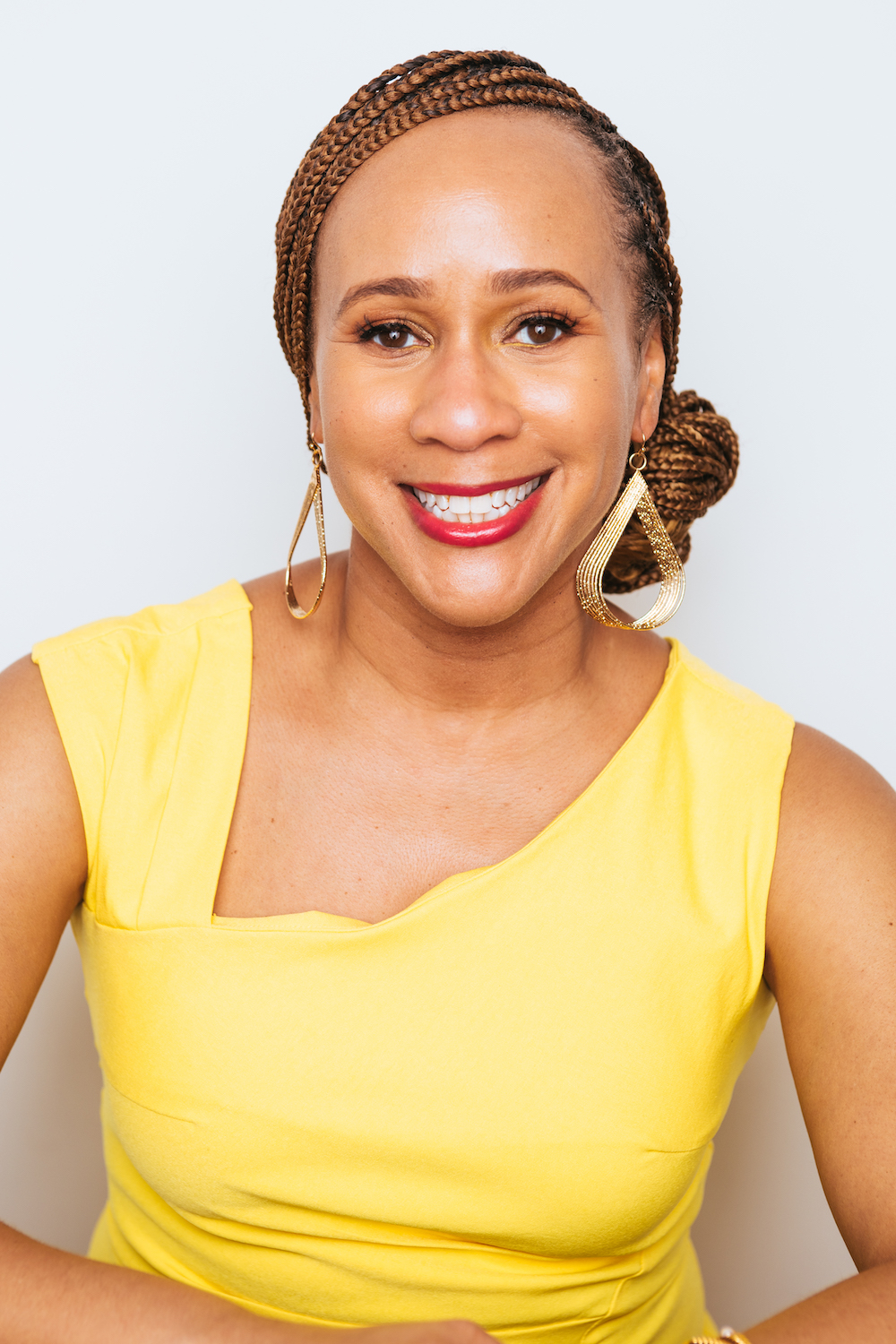My latest published article as it appears on Mindful-Mama.com (Check out the website- it is really great!!)
Birth intrinsically brings some level of fear and anxiety, since it can never fully be planned. I have met very few women during my career as a labor support doula that have not expressed some sort of fear or anxiety about their upcoming labor. In fact, I remember a midwife once telling me that it’s those who don’t have any nervousness around labor and delivery that worry her most.
To begin to understand, address, and hopefully put fears to rest, a birth plan is essential. Creating a birth plan involves discussing how the parents foresee their upcoming birth, determining whether they have birth preferences, and generating open dialogue that identifies any fears and anxieties about the labor and delivery process. Commonly, fathers are concerned about the well-being of mother and baby. The mother is often concerned about how she will tolerate labor, how long it will be, or if the labor she envisions will be the labor that occurs.
Fear’s Role in Labor
Beyond the emotional drain of fear during labor, there is a biological response to fear. Labor progresses, in part, because the body produces oxytocin, stimulating uterine contractions. When all is going well, the oxytocin flows and labor runs smoothly. However, when the body is stimulated into the “fight or flight response” because the mother is afraid or feeling unsafe, the body overrides the production of oxytocin and produces adrenalin, which slows labor down.
While walking out of the front door on her way to give birth, one mother I worked with said, “Next time I pass through this threshold, I will be a mother.” For some women, that is extremely exciting. For others, extremely frightening.
It’s not uncommon for a mother who is in a nice, steady labor pattern at home to enter the hospital or birth center  with its unfamiliar smells, bright lights, noise, new people  and see her labor pattern space out or stop completely. This is due to the increase of adrenalin or, as some doctors call it, the “white coat syndrome of labor.” Going back to our roots in nature, most animals birth privately or in hiding. They don’t give birth in the middle of a room with bright lights shining on them. We, as animals, also need to find that comfortable, non-intimidating space so we feel safe to open up and birth.
Appreciating the Mother
The best support comes when those attending the labor and birth understand the woman. If a mother has expressed she is afraid of the pain, talking about different pain management techniques that can be employed often eases fear. If a mother feels shy about having a lot of people present during labor and delivery, finding ways to limit unnecessary traffic and create a quiet, intimate atmosphere where she feels less exposed is important.
Some mothers come into labor with the memory and experience of previous births. These births may have either heightened their confidence or diminished it, depending on how the first birth evolved. If it was a traumatic experience, listening carefully to the birth story, and pinpointing the fear that’s associated can help relax her for the next birth. By identifying these concerns ahead of time, a mother’s confidence can be built up, and she can understand that her fears and concerns are being heard  and met with a supportive response.
Of course, there are times when, regardless of preparation, subconscious fears are revealed during labor. One mother I worked with, who had a particularly rough labor, called me and requested a meeting a year after her baby was born. She told me that after spending a long time reflecting on her labor, she realized it was so difficult and long because she was subconsciously holding her baby in. She was deathly afraid of letting the baby be birthed, and having to take the responsibility of becoming a mother. This was the first time I had ever heard a woman say that. It took a lot of bravery and insight, and she isn’t the only woman who has had those feelings.
Building Confidence
One of the most successful ways of handling the natural fear surrounding labor and delivery is to make sure the expectant mother is aligned with a supportive birth team. The environment as a whole (a woman’s partner, doula, care provider and place of birth) should be considered carefully.
It’s also important for mothers to read and listen to positive birth stories. If a woman is continuously bombarded with negative, traumatic, fear-provoking birth stories, it will impact her ability to be confident that her body can successfully birth her baby. Stay away from the birth drama in TV shows, and choose Ina May Gaskin’s “Guide to Childbirth” instead for amazing, encouraging stories from other women.
Doulas Get Nervous, Too!
After 7 years, more than 80 births, and 5,000 prenatal students, I feel confident that I understand the mechanics of labor, common inventions and problems that may arise. However, I still get a touch of nervousness when I head into a birth  I want everything to go well for the parents. I don’t want to let them down. In response to my doula anxiety, I’ve created a personal ritual: Before I knock on an expectant mom’s door or make an appearance, I take a deep breath, close my eyes and ground myself. The best I can do is be fully present and open, and offer my knowledge and experience mindfully.






